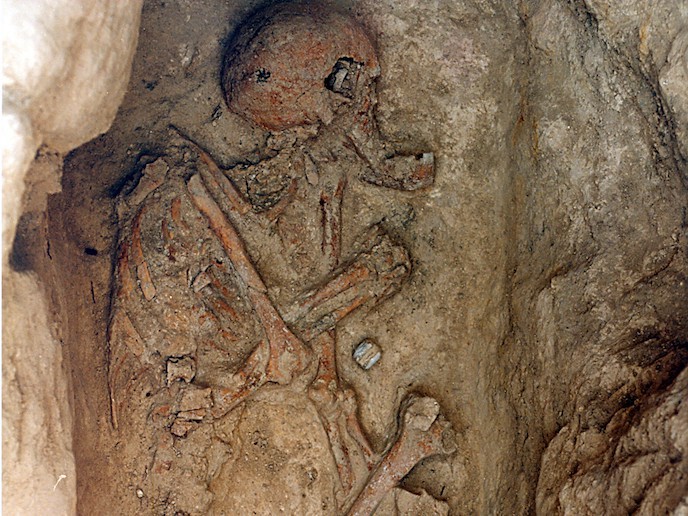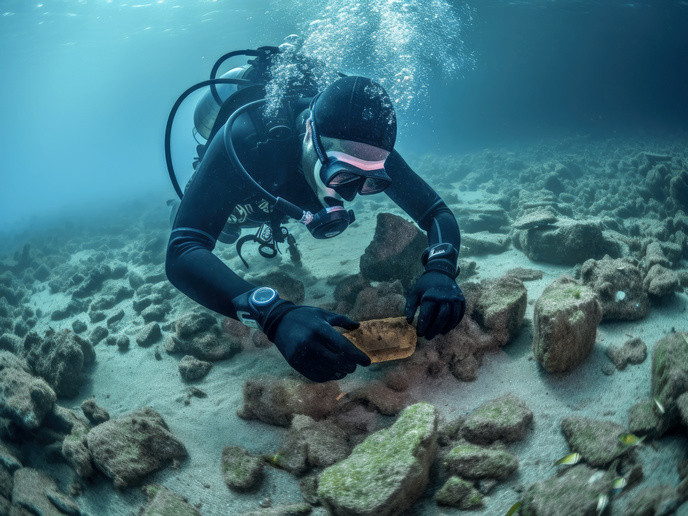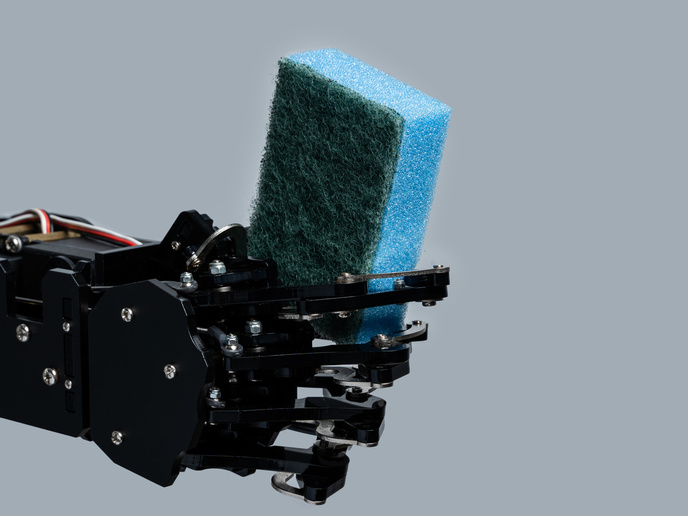Ancient Mycenaeans give up their secrets to those who can hear them
This period witnessed the rise and fall of the first civilisations in Europe, the Minoans and Mycenaeans, both of which left a significant mark on the Aegean. “This was a time of technological and cultural advances, extensive international trade that reached far beyond the Aegean, and general prosperity,” says principal researcher Ioanna Moutafi, whose work in MYSOBIO was funded by the EU’s Marie Skłodowska-Curie Actions programme. She explains that archaeological evidence and the texts of Linear B tablets suggest that this was a complex hierarchical society. Such societies often leave clues behind them in the form of burial practices. With the aim of adding to our knowledge of Mycenaean culture, Moutafi’s research took a holistic approach to the study of the bones in their archaeological context. “We try to give the people, who lived thousands of years ago, back their voices, allowing them to share their stories, their experiences, even their emotions. By looking at the skeletons, and what they can tell us about their age, health, gender and status, we can learn about how these people lived and how they were treated by the living at the time of death,” adds Moutafi, who conducted her research at the University of Cambridge in the United Kingdom.
Diversity of funerary practices reflect societal complexities
Moutafi discovered a couple found in the Early Mycenaean habitation of Ayios Vasileios, in Laconia, were buried together in an embrace that lasted millennia. “When we found them, our first response was to think of young lovers, of a Mycenaean Romeo and Juliet. To our great surprise, an even more heart-warming discovery awaited us: the lab analysis revealed that they were both in their 40s, which was a good age for that time.” She also notes evidence of children being buried with great care, of bones being kept, to be buried later with adults close by, perhaps the parents. Until recently, explains Moutafi, ancient burial practices were only discussed on the basis of material culture, such as the type of graves and the grave goods that accompanied the dead. “The skeletons and the treatment of the human body were either left out of the discussion or very generally addressed. This resulted in rather monolithic and homogeneous views of burial practices, and a neglect of the meaningful variation in funerary treatment,” Moutafi explains.
Harnessing diverse disciplines to better understand the past
Bioarchaeology brings together traditional archaeology and osteology, along with new techniques borrowed from forensic and digital sciences. Combining bioarchaeology with funerary taphonomy and archaeogenetics enabled the project to develop some ideas of the social developments that led to the emergence, consolidation and final transformation of the Mycenaean civilisation. “Burial practices play a very important role in building social cohesion, and maintain, or even create, a common identity for the people who share them. The shift of emphasis between individual and collective notions in burial treatment is key to understanding social tendencies at a given time,” she notes. When the power of the great palaces was at its height, there was an emphasis on social cohesion and the sense of a common identity. When the society was more turbulent, individual prowess was commemorated. These finds, combined with the results of palaeopathological analysis and some slight increase in conflict evidence, suggest that, among other factors, internal social tensions, rather than direct outside pressures, played a central role in the demise of the Mycenaean palaces. But MYSOBIO was not just conducted in the field and lab. Moutafi has been busy communicating her findings. She has given 18 academic presentations and been invited to lecture in international conferences and academic institutions in six different European countries and the United States. “The response was always enthusiastic. Building on the fascination that human skeletal remains exert on the public, I believe that similar approaches will have a strong impact on heritage development. They could initiate a change in the way we manage mortuary sites and communicate archaeological finds to the public,” she adds.
Keywords
MYSOBIO, Mycenaeans, bioarchaeology, burial practices, skeletons, archaeogenetics, Mycenaean civilisation







